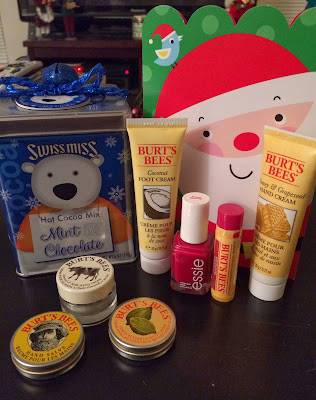Just Call Me Cliff Cliffhanger
by Alan
How do you know where one chapter ends and another begins? What *is* a chapter?
When I first started writing novels, I wrote them as if I were watching a movie. I’d start at the beginning of a scene, write until that scene ended, then begin another chapter. Each scene/chapter was its own distinct unit. In fact, when I wrote my very first “novel,” I saved each chapter in a separate Word document. (Talk about your logistical nightmares! Writers: DO NOT DO THIS!).
What did I know? I was as green as a guy who’d just downed a bucket of bad oysters while on a rollicking sea cruise (and that was the kind of simile I used in my very first “novel”).
My writing process has evolved over the years (thank goodness!). Now, I sit down and write a novel as one continuous story. One scene flows into the next, rinse and repeat. Start on Page One. Continue until I type “THE END.” I don’t even think about splitting my masterpiece up into chapters until I’m ready to finish the first draft.
Then I go back and figure out where to break it up to maximize the suspense.
Most of my chapters end up being approximately the same length, give or take. I’m not a fan of long chapters—I’d say most of my chapters run between 6 and 12 pages, depending on the genre. Short chapters usually translate to faster pacing, which is what I’m going for.
I try not to start chapters with characters waking up (although, I must admit, sleep happens!). I try not to end chapters with my characters rolling over and turning off the light as they end their days. I try to use a fair number of cliffhangers (but not TOO many). Sometimes I end my chapter at the end of a scene, but often I’ll end the chapter in the middle of a scene.
Basically, I try to leave my readers in a spot where they feel compelled to move on to the next chapter and keep reading.


Comments
Post a Comment